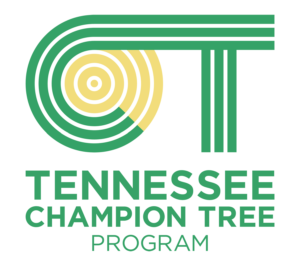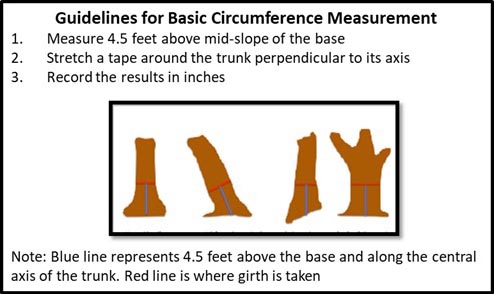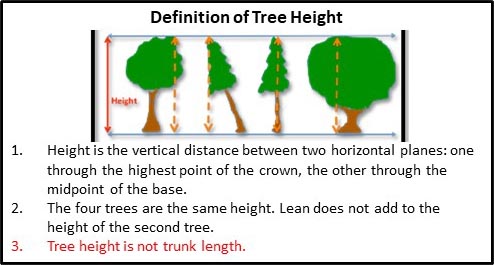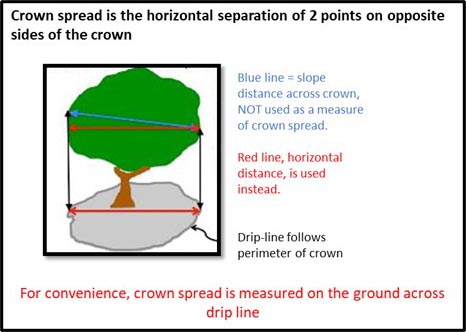In the mid-1970s, Tennessee launched its Champion Tree Program with the intention of identifying and cataloguing the largest native trees in Tennessee. The School of Natural Resources at the University of Tennessee actively administers the state Champion Tree Program in collaboration with the Tennessee Division of Forestry.
There are hundreds of state Champion Trees that cover the state. View the most current list of the champions by species here:
The Nominations for 2025 have been closed.
If you’d like to be included on our mailing list to keep up with TN Champion Tree news, please click here:

Our mission is to protect, preserve, and keep record of the largest trees in Tennessee through public education and engagement.
Check Out Our Current Tennessee Champion Trees
Champion Tree FAQs
Champion Tree Resources
CHAMPION TREE PROGRAMS OF THE SOUTHEAST
Related Links





